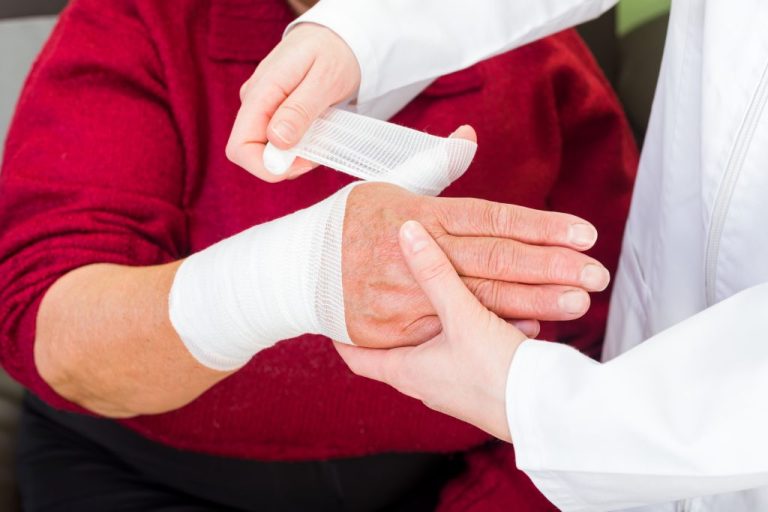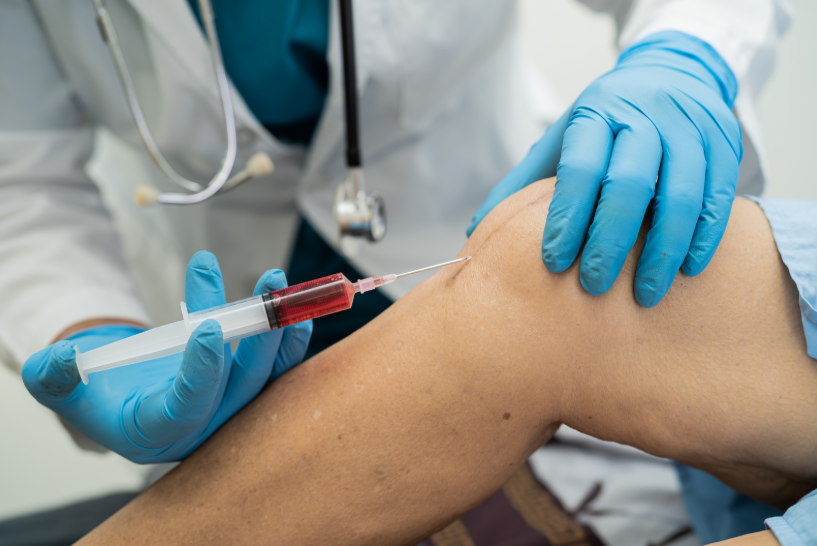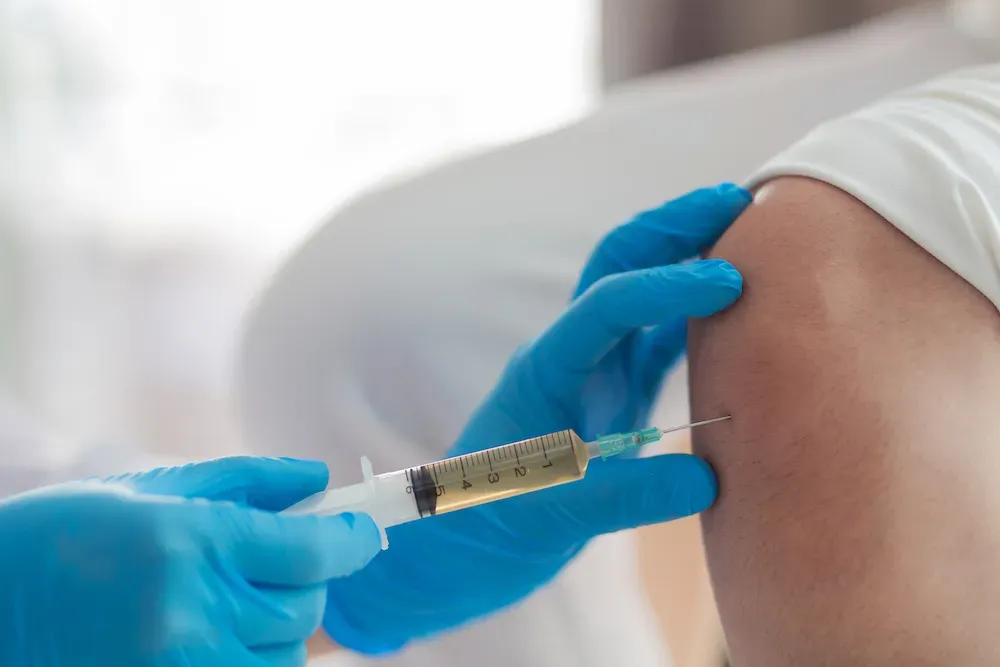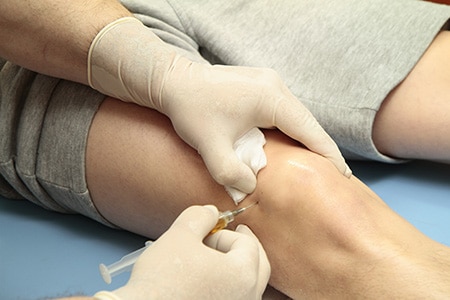Understanding the Role of a Doctor for Wound Dressing
When it comes to treating wounds, many people underestimate the value of seeking help from a medical professional. A doctor for wound dressing plays a vital role in ensuring proper healing, minimizing complications, and preventing long-term damage. Unlike basic first aid or over-the-counter solutions, professional wound dressing involves comprehensive evaluation and advanced techniques. Doctors are trained to assess the wound type, severity, and risk of infection, providing specialized care that over-the-counter products or home remedies cannot offer. They consider factors like underlying health conditions, skin type, and even allergy risks when selecting appropriate dressing materials. Their medical expertise is especially important for chronic wounds, post-surgical wounds, or injuries that don’t show signs of improvement. Consulting a doctor ensures that every aspect of the wound’s healing is carefully monitored, reducing the risk of scarring and infection.
When You Should See a Doctor for Wound Dressing
Many people try to manage wounds at home with minimal intervention. However, some signs indicate that it’s time to seek help from a doctor for wound dressing. If your wound shows persistent redness, swelling, pus, or a foul odor, these are signs of infection that require medical attention. Similarly, wounds that are deep, jagged, or located near joints or sensitive areas like the eyes or genitals need professional care. People with diabetes, poor circulation, or compromised immune systems should always consult a doctor for even minor wounds. A wound that doesn’t begin to heal after several days, or one that continues to bleed, also calls for professional evaluation. Treating these conditions without proper care can lead to complications such as tissue damage, systemic infection, or prolonged pain. It’s better to err on the side of caution and consult a medical expert when in doubt.
How Doctors Assess and Treat Different Types of Wounds
Doctors use a methodical approach when treating wounds, starting with an evaluation of the wound’s type, depth, and cause. Acute wounds like cuts or abrasions often heal quickly with the right care, while chronic wounds such as pressure ulcers or diabetic sores require ongoing management. A doctor for wound dressing examines the wound for signs of infection, tissue necrosis, or foreign materials embedded in the skin. The choice of dressing depends on several factors including the wound’s moisture level, the risk of infection, and the patient’s overall health. Doctors may use diagnostic tools such as swab tests, blood tests, or imaging to gain more insight into complex cases. Treatment typically includes cleaning, debridement (removal of dead tissue), and applying an appropriate dressing that promotes healing. This multi-layered approach ensures that the wound heals properly and with fewer complications.
Modern Wound Dressing Techniques Used by Doctors
Medical advancements have revolutionized the way wounds are treated, making doctor-led care more effective than ever. A doctor for wound dressing now has access to a wide range of materials including hydrocolloid, alginate, and foam dressings that provide targeted support for different wound types. Some dressings contain antimicrobial agents to fight infection, while others manage moisture to create an ideal healing environment. Negative pressure wound therapy (NPWT) is another technique used by doctors to promote faster healing in complex wounds. These methods are far superior to traditional gauze and tape, which can often stick to the wound and disrupt healing. Doctors also take care to minimize discomfort, using anesthetics and sterile procedures during dressing changes. With professional care, patients experience less pain, fewer infections, and quicker recovery times. These innovations make a compelling case for trusting a specialist with your wound care.
What to Expect During a Wound Dressing Appointment
Visiting a doctor for wound dressing can be reassuring, especially once you understand the process. The appointment begins with a detailed examination of the wound, including questions about how the injury occurred and any pre-existing health issues. The area is cleaned with sterile solutions to reduce the risk of infection. If necessary, the doctor may perform debridement to remove dead or infected tissue. After assessing the wound’s condition, the doctor applies a dressing suited to your specific needs—one that controls moisture, encourages healing, and provides protection. Pain management options are discussed, especially if the wound is sensitive or located in a high-movement area. You’ll receive instructions for at-home care, and follow-up appointments are usually scheduled to monitor progress. This consistent, attentive care is key to preventing complications and ensuring that your wound heals effectively.
How Doctors Prevent Infection and Promote Faster Healing
Preventing infection is one of the top priorities for a doctor for wound dressing. Sterile environments and medical-grade disinfectants are standard in clinical settings, drastically reducing the risk of bacterial contamination. Doctors assess the wound’s infection risk based on location, depth, and exposure to contaminants. For high-risk wounds, antibiotics may be prescribed or applied topically. Another way doctors speed up healing is by addressing underlying health conditions such as diabetes or poor circulation that could impede recovery. Nutrition and hydration are also considered, as they play a role in tissue repair. Doctors often adjust the dressing type over time to adapt to the wound’s changing needs. Consistent monitoring helps detect early signs of complications like cellulitis or tissue necrosis. By managing all these variables, doctors ensure not only healing but also reduced scarring and restored function.
Myths About Wound Care That Can Delay Healing
Misinformation about wound care is common and can lead to delayed healing or even serious complications. One widespread myth is that wounds should be left open to “breathe”—when in reality, moist wound environments usually heal faster. Another dangerous belief is that hydrogen peroxide or alcohol are good for cleaning wounds; while these can kill bacteria, they also damage healthy tissue. Over-relying on over-the-counter antibiotic ointments can also cause skin irritation or antibiotic resistance. Many people think that if a wound looks small, it doesn’t need medical attention—but even minor wounds can become infected or develop into ulcers, especially in high-risk individuals. Another myth is that scabs are a good sign; in fact, scabs can impede healing in some types of wounds. A doctor for wound dressing can help debunk these myths and provide accurate, science-backed care. Relying on professional advice rather than hearsay ensures that wounds are treated correctly from the start.
Cost and Accessibility: How to Find a Doctor for Wound Dressing Near You
Finding the right doctor for wound dressing doesn’t have to be difficult or expensive. Many clinics offer wound care services that are covered by health insurance or available at reasonable self-pay rates. Start by checking with your primary care provider for referrals to specialists in wound management. Hospitals often have wound care departments staffed by doctors who focus exclusively on chronic or complex wounds. Telemedicine may also be an option for follow-up visits, especially for those with mobility issues. Look for providers who are certified in wound care or have experience with specific conditions like diabetic ulcers or surgical wounds. Online reviews and patient testimonials can give you insight into a doctor’s bedside manner and effectiveness. Accessibility is essential, so consider factors like location, appointment availability, and clinic hours. With a little research, you can find professional wound care that meets your medical and financial needs.
Long-Term Wound Management and Support by Doctors
For individuals with chronic wounds or recurring injuries, long-term care from a doctor for wound dressing is essential. These doctors not only treat the wound but also work to identify underlying causes and prevent future issues. Conditions like diabetes, vascular disease, and immune disorders often require continuous monitoring and adjustment of care plans. Doctors may coordinate with dietitians, physical therapists, and other specialists to offer a comprehensive support system. Wound care isn’t just about healing—it’s about maintaining long-term skin health and quality of life. Recurring wounds can affect mental well-being, causing stress or anxiety, especially when they interfere with daily activities. A trusted medical professional provides reassurance, continuity of care, and expert advice tailored to your specific situation. Patients under consistent medical care often experience better outcomes and fewer complications over time. Long-term support is a critical part of wound healing, particularly for high-risk populations.
FAQ Section
Q1: Can I clean and dress a wound at home safely?
Minor wounds can be managed at home initially, but if you notice signs of infection or slow healing, it’s best to consult a doctor for wound dressing.
Q2: How often should I visit the doctor for wound dressing?
The frequency depends on the wound’s severity and your overall health. Your doctor will set a schedule that best supports healing.
Q3: What should I do if my wound starts to smell or ooze?
These symptoms often indicate infection. Seek medical help immediately to prevent complications.
Q4: Do all wounds require a doctor’s attention?
Not all, but wounds that are deep, large, infected, or located in sensitive areas should always be checked by a doctor.
Q5: What kind of doctor should I see for wound dressing?
You can start with a primary care physician, who may refer you to a wound care specialist if needed.






